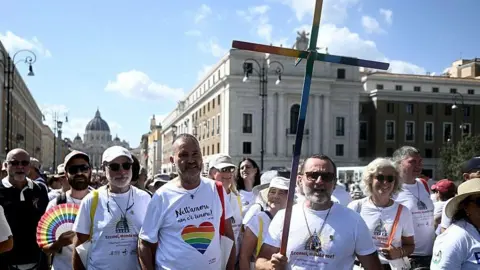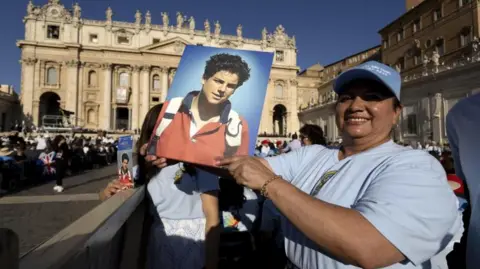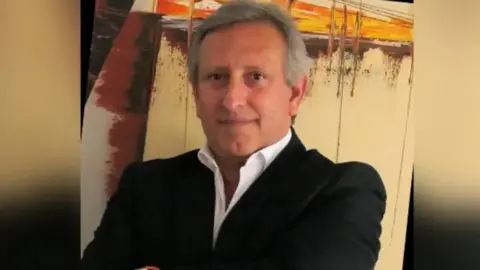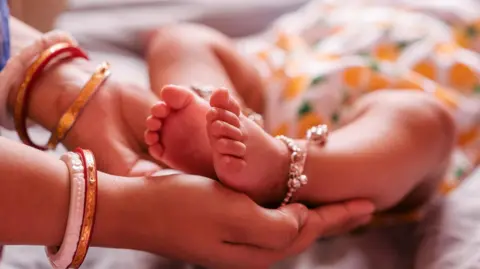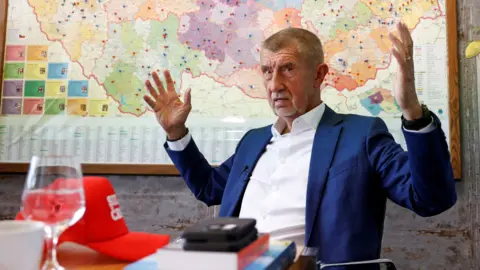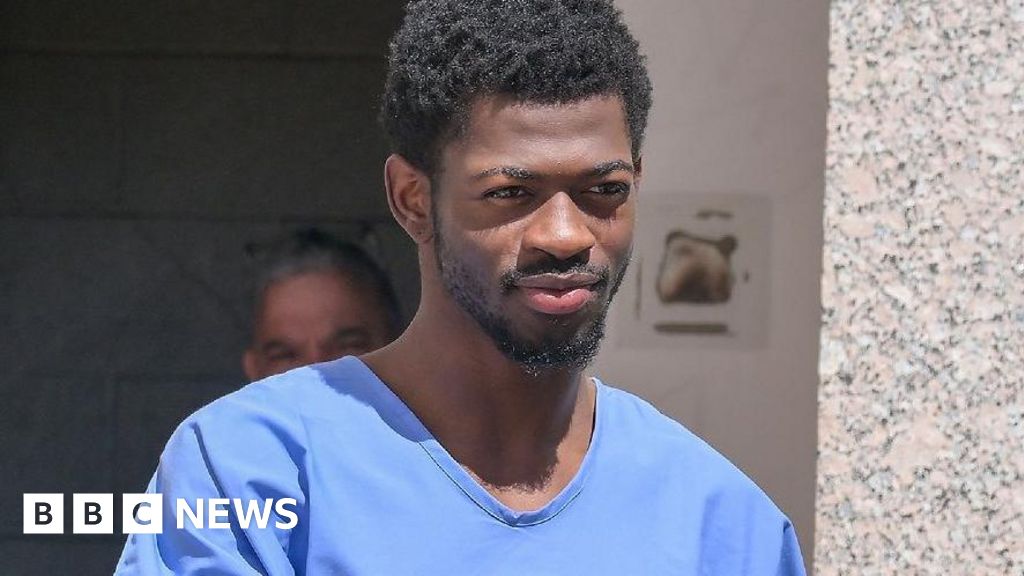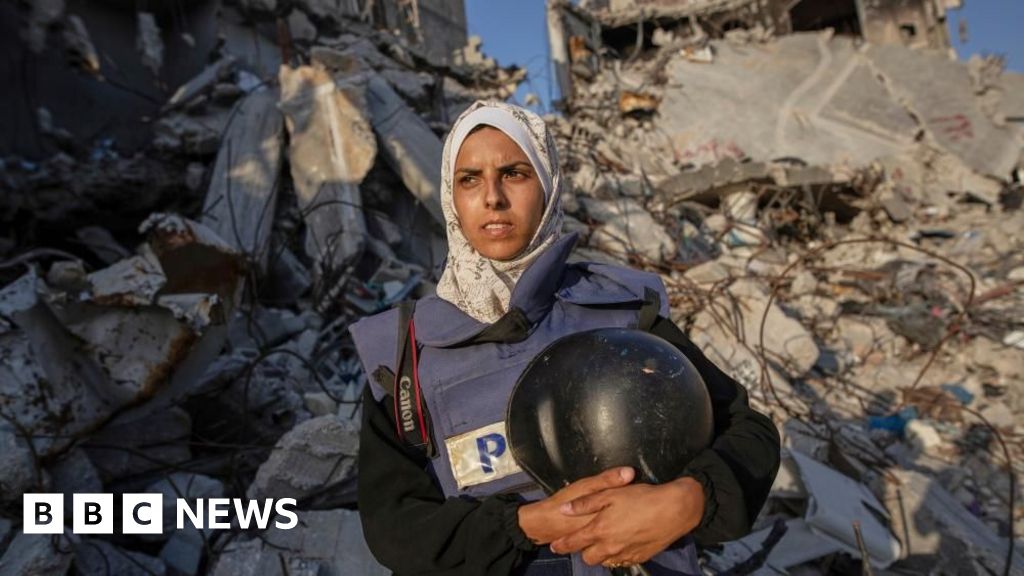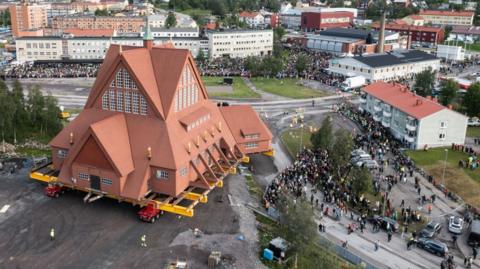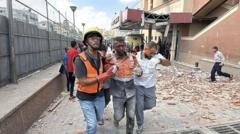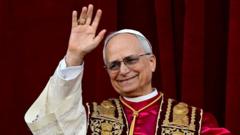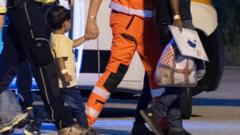As the world waits anxiously, Pope Francis, 88, is in critical condition due to complications from a complex lung infection in a Rome hospital. Reports indicate that his health has worsened, with pneumonia affecting both lungs and a recent incident of mild kidney failure. The Vatican announced that he managed to wake from a restful sleep and appeared to be responding to ongoing treatments.
As a show of solidarity, cardinals gathered outside St. Peter’s Basilica to lead a rosary for the Pope on Monday evening while medical updates are expected to provide more information on his worsening condition.
Health officials have acknowledged the challenges in managing the pope's various medications, noting his advanced age and pre-existing lung conditions have made prognosis difficult. Speculation persists about the implications for the Catholic Church should the Pope pass away.
In the event of his death, specific age-old rituals, developed over the centuries, will come into play to maintain order during this pivotal moment. The process begins with the confirmation of death by the head of the Vatican’s health department and the cardinal chamberlain, who takes temporary control of the Holy Roman Church. The Pope’s body would be prepared with utmost respect, placed in a white cassock, and taken to the private chapel for mourning rites.
This solemn event leads to a series of well-coordinated traditions that guide the church into a new era, such as the funeral ceremonies followed by the conclave, wherein cardinals elect a new pope. During this time, smoke will signal the election outcome to the public, a ritual steeped in history and significance.
As Pope Francis battles for his life, the Catholic community remains united in hope and prayer, reflecting on the potential changes that lie ahead.








